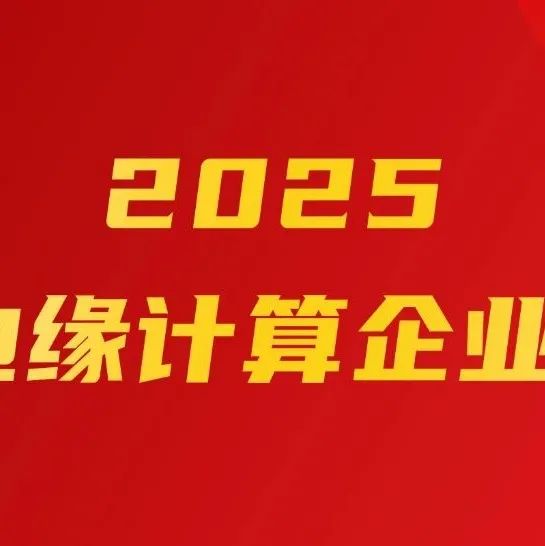📢 Breaking News:Only 4 days left until the deadline for the 2025 China Edge Computing Top 20 Company list registration!
If you miss this moment, your company may miss the biggest exposure opportunity in edge computing this year!🚀


The edge computing community has learned that Qualcomm has recently acquired the edge AI startup Edge Impulse. Let’s take a look at this acquisition today.
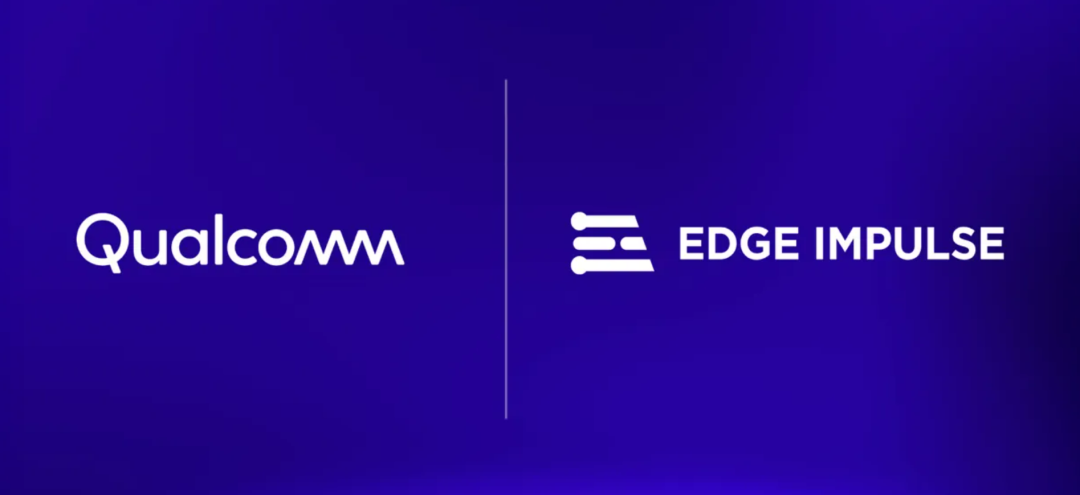
1.
A Dual Approach of “Technology + Ecosystem”
On March 10, 2025, global semiconductor giant Qualcomm announced an acquisition agreement with edge AI development platform company Edge Impulse. This transaction is not only a key move for Qualcomm in the Internet of Things (IoT) and artificial intelligence (AI) sectors in recent years, but also marks an important step for edge computing from “laboratory exploration” to “scaled implementation”.
What kind of company is Edge Impulse?
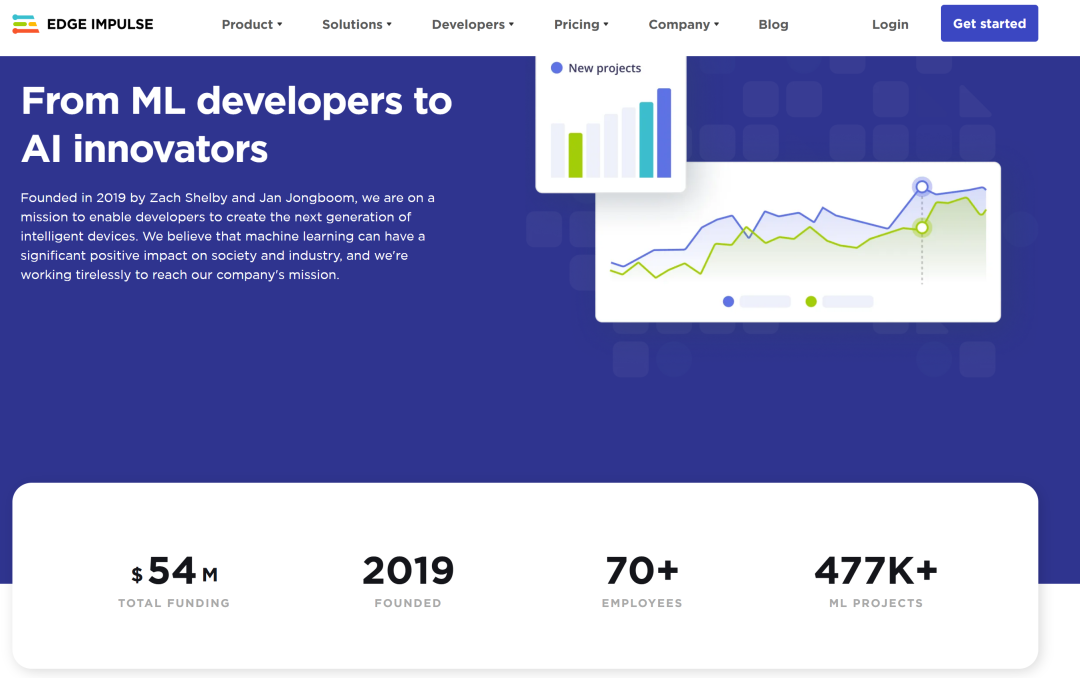
According to its official website, Edge Impulse was founded in 2019 and focuses on simplifying the machine learning (ML) development process on edge devices, being a benchmark company in the TinyML (micro machine learning) field. Its core platform helps developers quickly build embedded AI applications through automated data collection, model training and optimization, and multi-hardware deployment tools, covering scenarios such as sensor data analysis, voice recognition, and predictive maintenance.
Ecological Scale: The platform has attracted over 170,000 developers and supports more than 450,000 projects, with clients including semiconductor giants like STMicroelectronics and NXP, as well as leading companies in the industrial and medical fields.
Technical Highlights: It supports various hardware from microcontrollers (MCUs) to neural network processors (NPUs) and significantly lowers the development threshold through low-code/no-code tools.
Why did Qualcomm choose Edge Impulse?
In recent years, Qualcomm has been continuously increasing its investment in IoT and edge AI, with its strategic core being to cover vertical fields such as consumer electronics, industrial automation, and smart healthcare through a “full-stack solution” (chips + software + services). The addition of Edge Impulse directly fills Qualcomm’s capability gaps in the following three areas:
Expansion of Developer Ecosystem: The large developer community of Edge Impulse (over 170,000) combined with Qualcomm’s existing ecosystem will accelerate the commercialization process of AIoT applications.
Strengthening Edge AI Tools: The automated platform of Edge Impulse deeply collaborates with Qualcomm’s Dragonwing processors (such as QCS6490), potentially increasing AI model inference performance by up to 4 times while reducing memory usage, facilitating the implementation of generative AI and large language models (LLMs) on edge devices.
Intelligent Penetration in Industrial Scenarios: In scenarios such as industrial predictive maintenance and retail inventory management, Edge Impulse’s low-power AI optimization capabilities can significantly enhance the competitiveness of Qualcomm’s solutions.
2.
Strategic Significance: A “Key Piece” in Qualcomm’s IoT Landscape
This acquisition is not merely a technical integration but a milestone in Qualcomm’s IoT transformation strategy. The underlying logic can be analyzed from three dimensions:
①. Technical Synergy: A Closed Loop from Hardware to Development Tools
The integration of chips and algorithms: Qualcomm’s Dragonwing series processors are known for efficient edge AI inference, while Edge Impulse’s optimization tools can further unleash their performance potential. For example, in industrial equipment anomaly detection scenarios, the combination can reduce model training time by 50%.
Enhancing “Full-Stack Capability”: Qualcomm’s IoT blueprint encompasses six pillars including chipsets, unified software architecture, and developer tools. The addition of Edge Impulse directly strengthens the two cores of “developer resources” and “solutions”, forming a complete closed loop from hardware to application implementation.
②. Market Positioning: Seizing the Trillion-Dollar Edge AI Market
It is predicted that the global edge AI market size will surge from $19 billion in 2023 to $163 billion in 2033, with a compound annual growth rate of 24%. By acquiring Edge Impulse, Qualcomm can not only consolidate its advantages in industrial automation and smart healthcare but also seize opportunities in the following areas:
Popularization of TinyML: TinyML devices, characterized by low power consumption (<1 milliwatt) and low cost (from a few dollars to tens of dollars), are rapidly penetrating fields such as smart homes and wearable devices. Edge Impulse’s platform can help Qualcomm embed AI capabilities into a vast array of devices like washing machines and automotive sensors.
Differentiated Competition with NVIDIA and Google: Compared to NVIDIA’s Jetson (focused on high-performance computing) and Google’s Coral (relying on cloud collaboration), the Qualcomm + Edge Impulse combination emphasizes low power consumption and localized inference, making it more suitable for resource-constrained edge scenarios.
③. Transformation of Business Model: From “Selling Chips” to “Selling Services”
Qualcomm is transitioning from a traditional chip supplier to a “solution provider”. The subscription revenue model (SaaS) of Edge Impulse combined with Qualcomm’s service suite (such as AI Hub) can increase the proportion of recurring revenue while cultivating user stickiness through the developer community.
3.
Industry Impact: The “Democratization” of Edge AI and Challenges
A “Blessing” for Developers
Edge Impulse’s low-code platform allows small and medium-sized enterprises and startups to easily deploy edge AI applications. For example, a medical device manufacturer can quickly develop a device fault prediction model based on vibration sensors through this platform without hiring a specialized AI team.
Potential Risks of Ecological Integration
Edge Impulse has committed to continue supporting non-Qualcomm hardware (such as NXP MCUs) after the acquisition, but balancing the strategy of “open ecosystem” with “Qualcomm chip priority” may lead to challenges of developer diversion or resource dispersion.
Intensifying Industry Competition
Competitor Dynamics: NVIDIA, Intel (OpenVINO), Microsoft (Azure IoT Edge), etc., are all accelerating their layout in the edge AI field, and Qualcomm needs to continuously optimize its technical differentiation.
Opportunities in the Chinese Market: As the largest IoT market globally, local chip companies (such as Huawei and Tsinghua Unigroup) may follow Qualcomm’s lead by acquiring or developing their own toolchains to compete for developer resources.
4.
Future Outlook: The “Golden Decade” of Edge AI
The collaboration between Qualcomm and Edge Impulse not only represents a win-win for both companies but also signifies a turning point for edge AI technology from “proof of concept” to “scaled commercial use”. With the deep collaboration of the 2nm process Dragonwing chips (to be launched in 2026) and Edge Impulse tools, future edge devices may achieve 10 PFLOPS of local computing power, fundamentally redefining the definition of smart devices.
Insights for the Industry:
Enterprises: Need to assess the cost-effectiveness of self-developed versus third-party platforms, focusing on data security and model optimization capabilities.
Developers: Mastering TinyML toolchains (such as Edge Impulse) will become a key competitive skill.
Investors: There are significant opportunities in the edge AI software market (expected to reach $4.1 billion by 2028) and hardware market (expected to reach $54.7 billion by 2029).
Conclusion
Qualcomm’s acquisition is not only a technical enhancement but also a gamble on the “future of edge AI”. In the wave of AIoT, whoever can occupy the high ground of the developer ecosystem will lead the trillion-dollar market. The story of Edge Impulse may just be the beginning of the golden era of edge computing.

Edge AI: A Second Chance for Japan’s Semiconductor Industry?
2025-03-15

Arm Makes a Big Move! Armv9 Edge AI Platform Supports 1 Billion+ Parameter Models, Local Intelligence No Longer “Choked”
2025-03-16

$307 Million Bet on Edge AI! NXP Acquires Kinara, Ushering in the ‘Nuclear Explosion Era’ of Smart Edge
2025-03-09
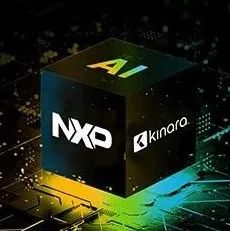
DeepSeek’s Comeback: The Spring of Edge Computing Has Arrived
2025-02-19
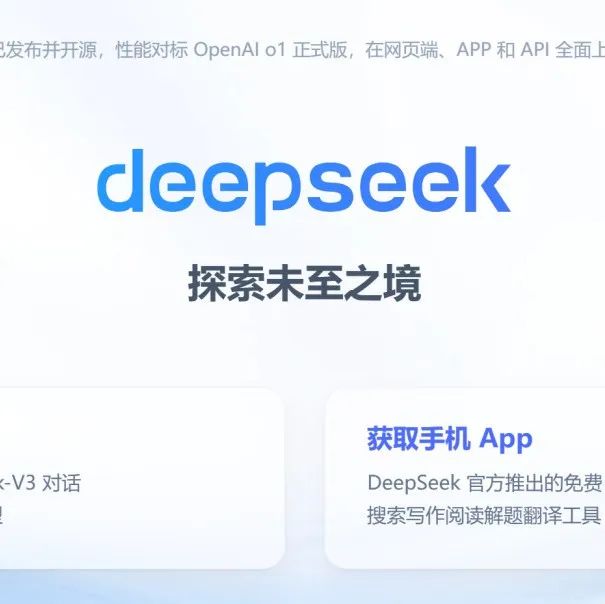
Notice of the “2025 China Edge Computing Top 20 Companies” Selection Activity
2025-02-17
